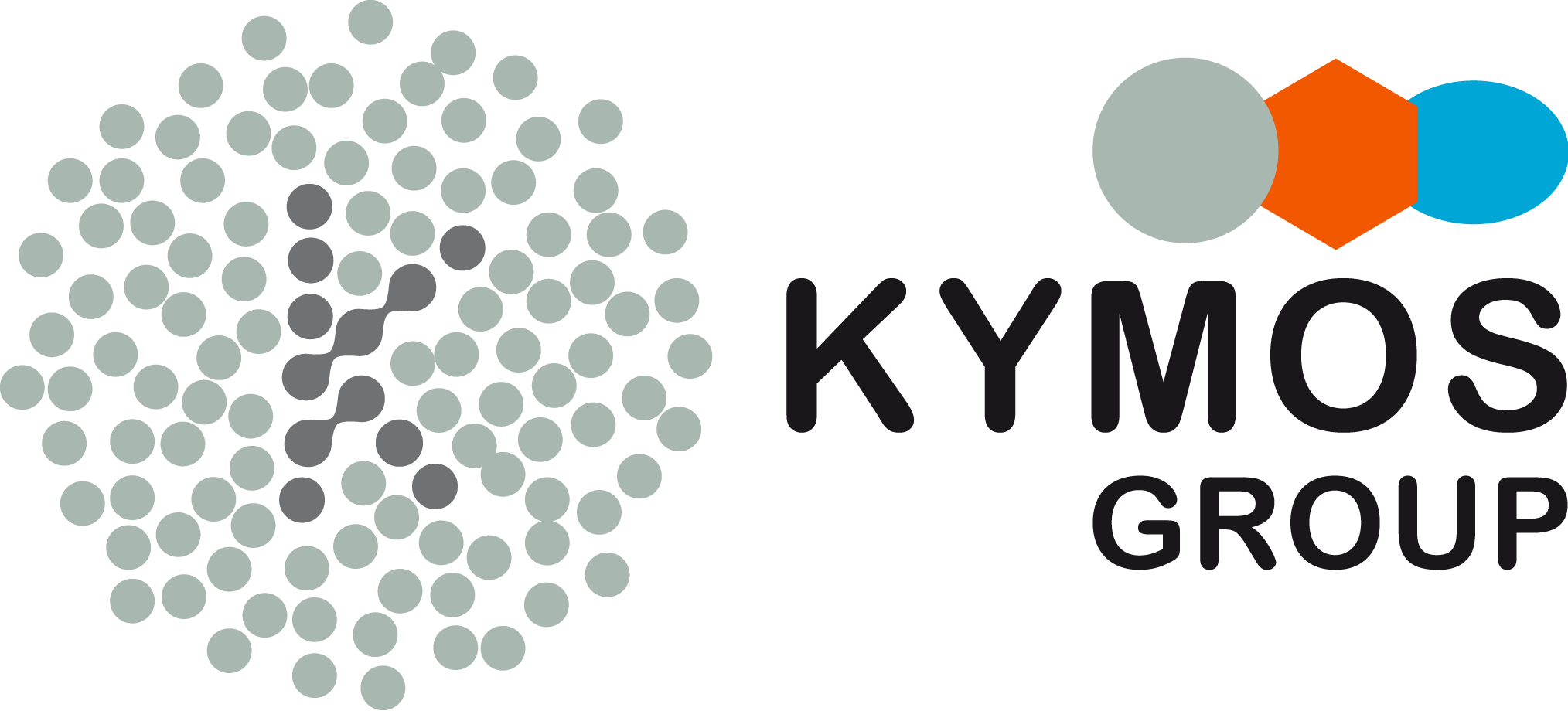Hot-stage Microscopy (HSM) is the combination of Microscopy and thermal analysis to enable the study of materials as a function of temperature and time. Besides obtaining information about particle size and particle morphology, the visual examination gives valuable information about the compound melting point and other transformations during heating. Hot Stage Microscopy gives a unique opportunity to follow thermal changes visually.
With the aid of Hot Stage Microscopy, you can:
- Look at the compound morphology
- Study and visualise solid-solid transformations
- Monitor interactions between different compounds
- Observe dissolution of one compound in another
- Investigate sublimation and evaporation
- Follow melting or liquefaction upon heating (solid-liquid purity transformations)
- Explore solidification upon cooling (liquid-solid transformations)
- Watch crystal growth and rate thereof
- Perform salt/co-crystal screening using Kofler mixed fusion method
- Observe oxidation and other chemical reactions upon heating
Further, characteristics that can be analyzed under a hot stage microscope include melting range (which depends on the purity), crystal nucleation and crystal growth (which can be used in the search for new polymorphic forms), crystal transformations and interactions between the compound and excipients (examination of compatibility). I.e. various pharmaceutical applications exist.
Hot Stage Microscopy can be used for:
Hot stage microscopy is used in our polymorph screening: An initial heating of the compound is a valuable starting point. It will instantly reveal new crystalline forms are developing during the heating and cooling of the compound.
For Material Experts:
Instrument and measuring principle
The instrument set-up comprises a heating stage (hot stage) with a sample holder coupled with a suitable polarised-light microscope and a system that allows measurements of video/pictures and temperature.
| Instrument | Línkam FTIR600 |
| USP/Ph. Eur. | non-GMP |
| Sample amount | < 1 mg |
| Temperature | 25°C to 375°C and humidity control (5-90%RH). |
| Result | Microscope pictures/movie showing the transitions during heating |

